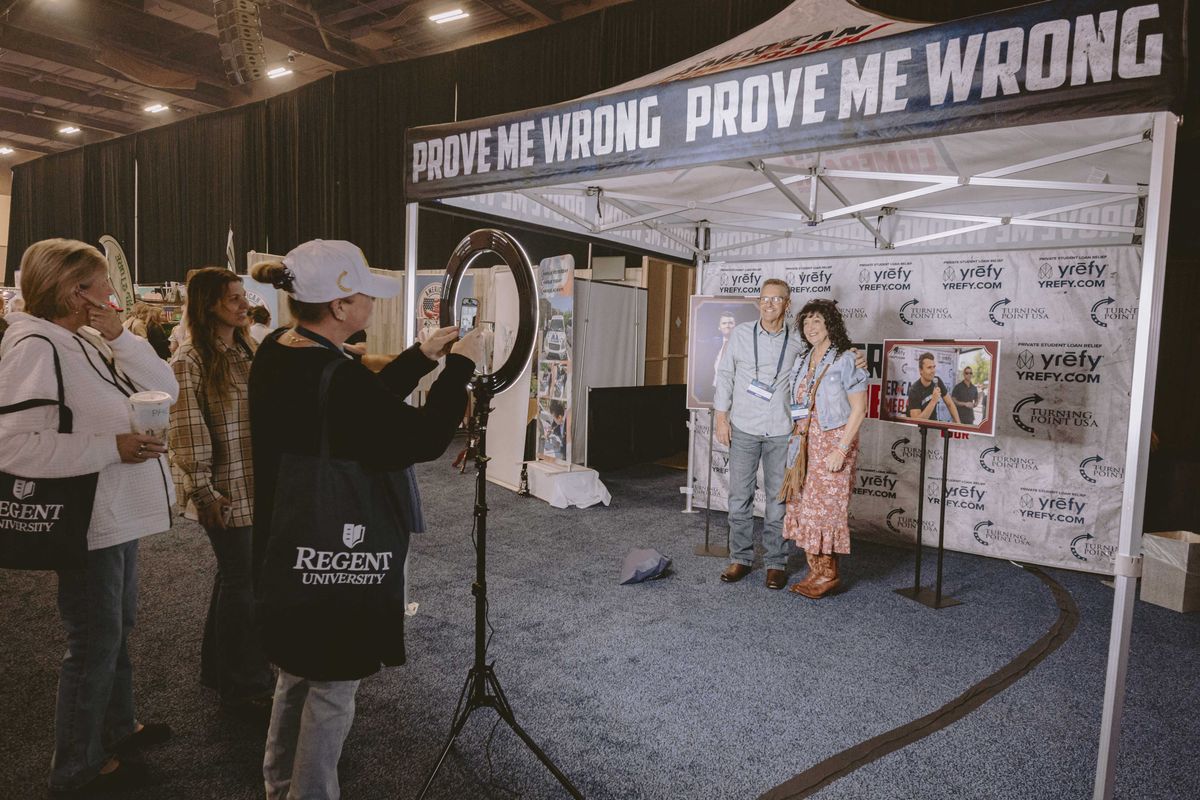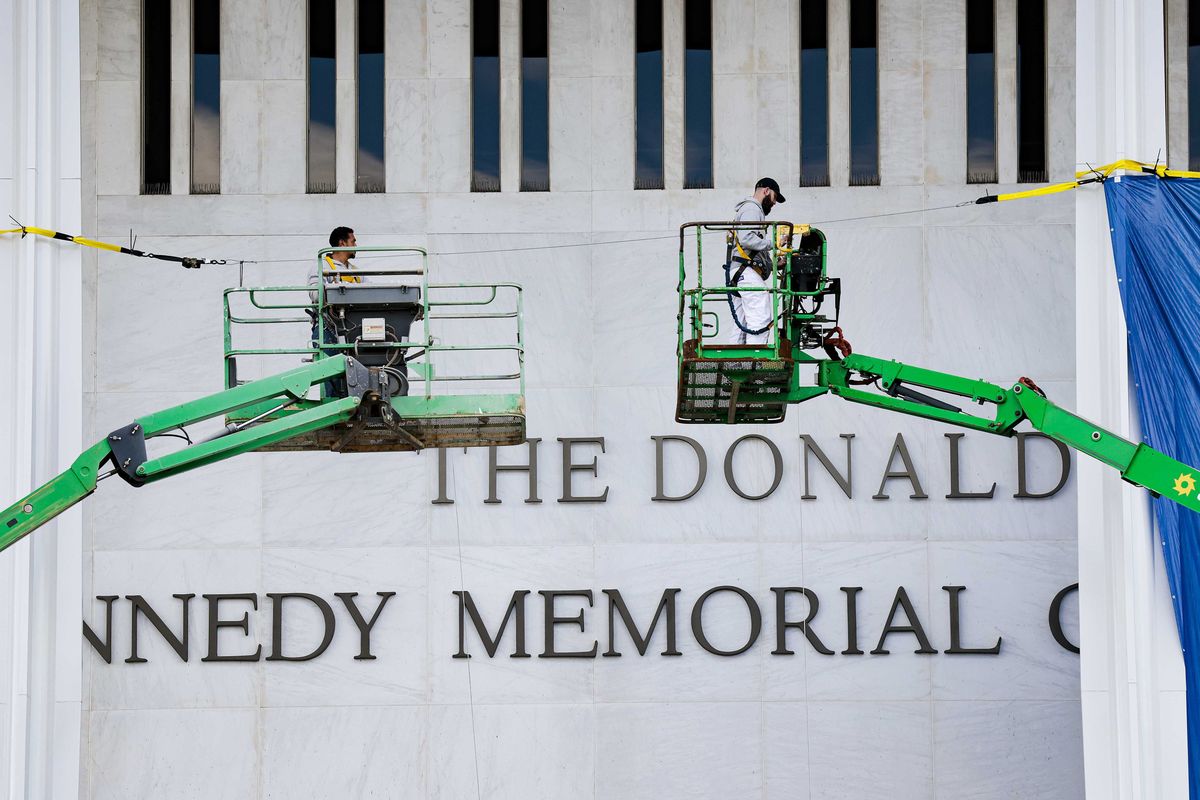News
Louis Staples
Apr 10, 2018

IPHOTO /
ARISU
Do you know the difference between a cryptogamist and a cryptogramist?
No? Well it turns out that, during the Second World War, someone in the Ministry of Defence didn’t either.
In 1939, the department recruited former scientist Geoffrey Tandy to work at Bletchley Park, the top-secret home of the wartime codebreakers. Tandy had worked as a cryptogamist, making him an expert in non-flowering, spore-reproducing plants like seaweeds, mosses and ferns.
However the MoD got his speciality confused with a cryptogramist, someone who deciphers messages written in code. Tandy was tasked with helping to crack the code of the German Naval Enigma machine.
Tandy did his best to learn the skills for which he'd been mistakenly hired, working at the department for two years. But while he was no Alan Turing, he still played a significant part in the breaking the code that ultimately led to the defeat of the Germans.
A viral thread on Twitter, authored by Florence Schechter, has revealed how Tandy’s expertise in seaweed played an unlikely role in ending the Second World War.
Although this story seems almost too good to be true, the references appear to confirm its accuracy.
More: The Queen has a secret speech if World War 3 breaks out. This is what it says
Top 100
The Conversation (0)












